Home>Ideas and Tips>Upgrading Your Home’s Gutters With DIY Gutter Guards
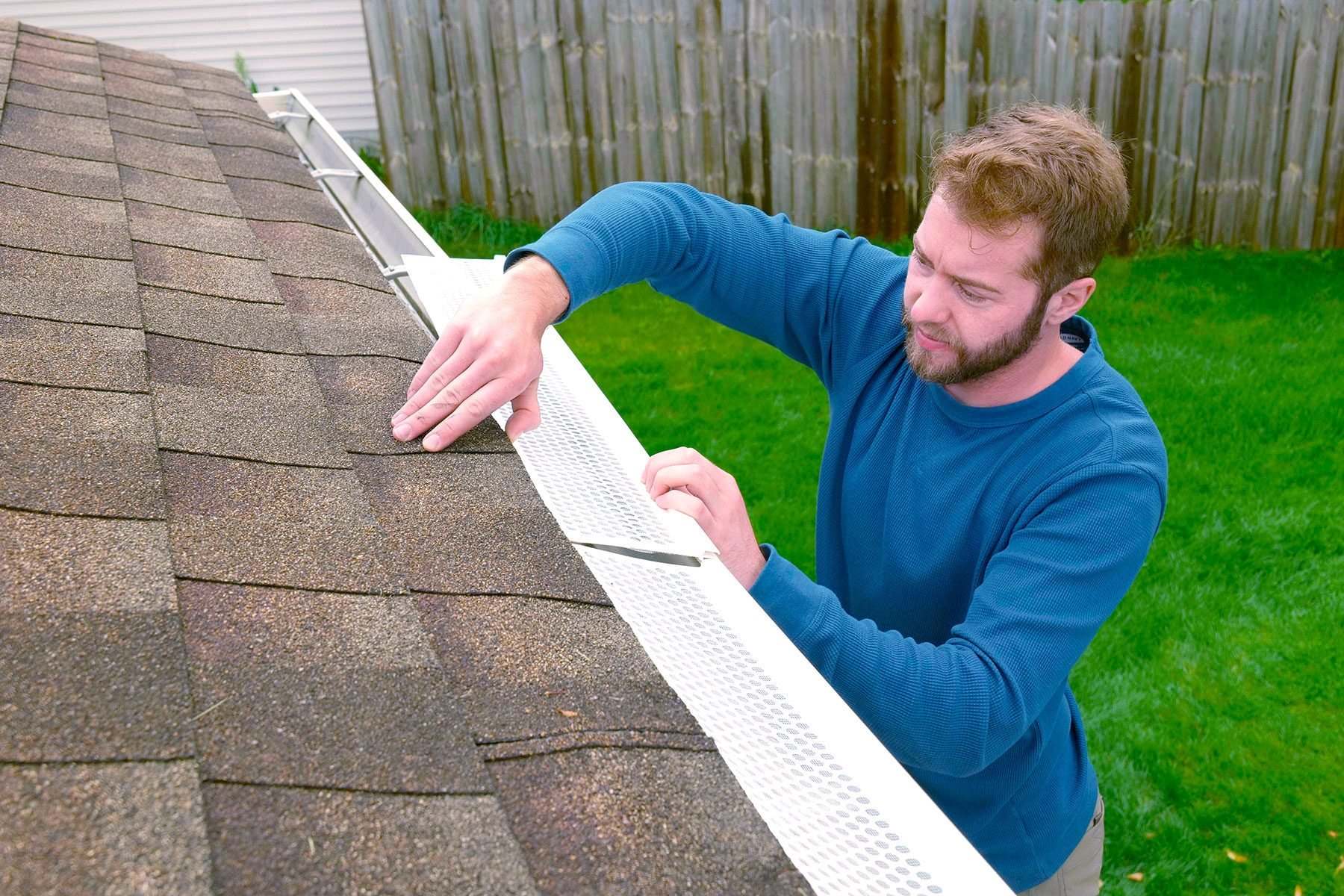

Ideas and Tips
Upgrading Your Home’s Gutters With DIY Gutter Guards
Published: September 18, 2024
Learn how to install DIY gutter guards to protect your home from water damage, reduce maintenance, and save money. Follow our step-by-step guide.
(Many of the links in this article redirect to a specific reviewed product. Your purchase of these products through affiliate links helps to generate commission for Storables.com, at no extra cost. Learn more)
Introduction
As homeowners, we often overlook the importance of our gutters until they become clogged and cause significant damage to our homes. Gutters are crucial for directing rainwater away from the foundation of your house, preventing water damage, and ensuring the longevity of your roof. However, cleaning and maintaining gutters can be a daunting task, especially for those with busy schedules. This is where DIY gutter guards come into play. In this article, we will explore the pros and cons of installing DIY gutter guards, discuss the various types available, and provide a step-by-step guide on how to install them.
The Importance of Gutters
Gutters are essential for keeping your home safe from water damage. They collect rainwater and direct it away from the foundation of your house. Without gutters, rainwater would seep into the ground around your home, causing structural damage over time. Gutters also protect your roof by ensuring water flows smoothly, preventing excessive weight and potential collapse. Plus, they help keep pests like mice, squirrels, bats, and birds from building nests in your gutters, which can lead to clogs and further complications. Finally, gutters reduce the risk of fire hazards by preventing dry leaves and pine needles from accumulating, especially in areas prone to wildfires.
Pros of DIY Gutter Guards
1. Cost-Effective
DIY gutter guards save you money. By installing them yourself, you eliminate labor costs associated with hiring a professional. This can be a significant expense, especially if you have a large house or multiple stories.
2. Flexibility and Control
DIY projects let you work at your own pace and on your own schedule. You have full control over the materials and techniques used, which can be particularly appealing to those who have specific preferences or requirements.
Read more: How Leaf Guard Gutters Work
3. Reduced Maintenance
While gutter guards do require occasional cleaning, they significantly reduce the frequency of gutter cleaning. This means less time spent on maintenance tasks and more time for other activities.
4. Environmental Benefits
By preventing debris from entering your gutters, you reduce the amount of organic matter that ends up in landfills or waterways. This is especially important for homeowners who live in areas with high tree coverage.
Cons of DIY Gutter Guards
1. Safety Concerns
Working on gutters involves climbing ladders and working at significant heights, which inherently carries risks. Falls from ladders are one of the leading causes of home injuries and fatalities. Even experienced individuals can face unpredictable gutter conditions that lead to dangerous situations.
Read more: Upgrading Your Bedroom Storage DIY Solutions
2. Installation Complexities
Gutter guard installation requires precision in measuring, cutting, and fitting each piece. For someone inexperienced, this can be a slow and painstaking process, as mistakes can lead to more time spent on corrections.
3. Material Selection and Quality
The market offers a wide variety of gutter guard materials, each suited for different environmental conditions and gutter types. Choosing the right material is crucial for the longevity and effectiveness of the gutter guards. DIYers might find it challenging to navigate these options and select the best one for their specific situation.
4. Time Consumption
Gutter guard installation can be surprisingly time-consuming for DIY enthusiasts. Proper installation begins with thorough preparation, including cleaning and repairing existing gutters, gathering tools and materials, and ensuring safety measures are in place. These preparatory steps can be time-consuming, especially for someone not doing this type of work regularly.
Types of DIY Gutter Guards
1. Standard Screen Gutter Guards
These are the most common type of gutter guard and come in various materials such as aluminum or plastic. They have a mesh screen that allows water to pass through while blocking debris like leaves and twigs. Standard screen gutter guards typically last between 5 to 10 years and cost around $1 to $2.75 per linear foot.
2. Brush Gutter Guards
Brush gutter guards consist of a series of brushes that are attached to the gutter. They are effective at keeping larger debris out but may allow smaller particles like pine needles or seeds to pass through. Brush guards cost from $3 to $4.50 per linear foot.
3. Micro-Mesh Gutter Guards
Micro-mesh gutter guards have extremely fine mesh openings that allow water to pass through while keeping even the smallest particles out. They are more expensive than standard screen or brush guards but offer superior protection against debris. Micro-mesh guards typically cost between $2 to $4 per linear foot.
4. Foam Gutter Guards
Foam gutter guards are made from foam inserts that fit into the gutter. They are effective at keeping larger debris out but may not be suitable for areas with heavy rainfall or cold winters. Foam guards cost from $2 to $3.50 per linear foot.
Step-by-Step Guide to Installing DIY Gutter Guards
1. Prepare Your Tools and Materials
Before starting your project, make sure you have all the necessary tools and materials:
- Ladder or scaffolding
- Safety gear (gloves, safety glasses)
- Measuring tape
- Utility knife or scissors
- Drill or screwdriver
- Gutter guard material (choose one type based on your needs)
- Waterproof adhesive (if required)
2. Clean and Inspect Your Gutters
Ensure your gutters are free from debris and inspect them for any damage or sagging sections. Cleaning your gutters before installing gutter guards will help ensure a smooth installation process.
3. Measure Your Gutters
Measure the length of your gutters to determine how many pieces of gutter guard material you need. Make sure to account for any overlaps or corners.
4. Cut the Gutter Guard Material
Use a utility knife or scissors to cut the gutter guard material according to your measurements. If you're using a mesh or brush type, ensure that each piece is cut accurately so that it fits snugly into place.
5. Install the Gutter Guards
Start by attaching one end of the gutter guard material securely with screws or adhesive. Work your way along the gutter, overlapping each piece slightly as you go. For mesh types, ensure that each piece is securely fastened with screws or clips.
6. Test Your Installation
Once you've installed all the pieces, test your gutter guard system by simulating rainfall using a hose or sprinkler system. Check for any leaks or gaps where debris might enter.
Are DIY Gutter Guards Right for You?
1. Assess Your Needs
Ask yourself if you truly need gutter guards. How extreme are the rain storms in your area? Do you deal with inclement weather often? If clogged gutters have been a regular occurrence, installing some gutter guards could be a game-changer.
2. Consider Your Budget
While DIY gutter guards can save you money upfront, they may require periodic maintenance and cleaning which can add up over time. Additionally, improper installation can cause damage to your roof and compromise its water resistance.
3. Evaluate Your DIY Skills
If you're comfortable with heights and have basic DIY skills, installing gutter guards might be feasible for you. However, if you're not confident in your abilities or lack experience with similar projects, it's advisable to hire a professional.
Alternatives to DIY Gutter Guards
For those who prefer not to install gutter guards themselves or want additional protection beyond what standard gutter guards offer, there are several alternatives:
1. Gutter Helmets
Gutter helmets are more extensive gutter protection systems that block out almost all debris. They are typically more expensive than standard gutter guards but offer superior protection against clogs and water damage.
2. Additional Water Diversion Systems
You can add additional water diversion systems like drain edges or rain chains to enhance your gutter system's functionality. Rain chains are traditional Japanese systems that replace downspouts and do not require clogging concerns.
Conclusion
Upgrading your home's gutters with DIY gutter guards can be a cost-effective and rewarding project if done correctly. While there are potential risks associated with DIY projects like safety concerns and installation complexities, many homeowners find these risks manageable with proper preparation and execution. By choosing the right type of gutter guard material and following a step-by-step guide, you can ensure that your gutters remain clear and functional for years to come. Remember to assess your needs carefully before starting the project and consider hiring a professional if you're unsure about any aspect of the installation process.
Was this page helpful?
At Storables.com, we guarantee accurate and reliable information. Our content, validated by Expert Board Contributors, is crafted following stringent Editorial Policies. We're committed to providing you with well-researched, expert-backed insights for all your informational needs.
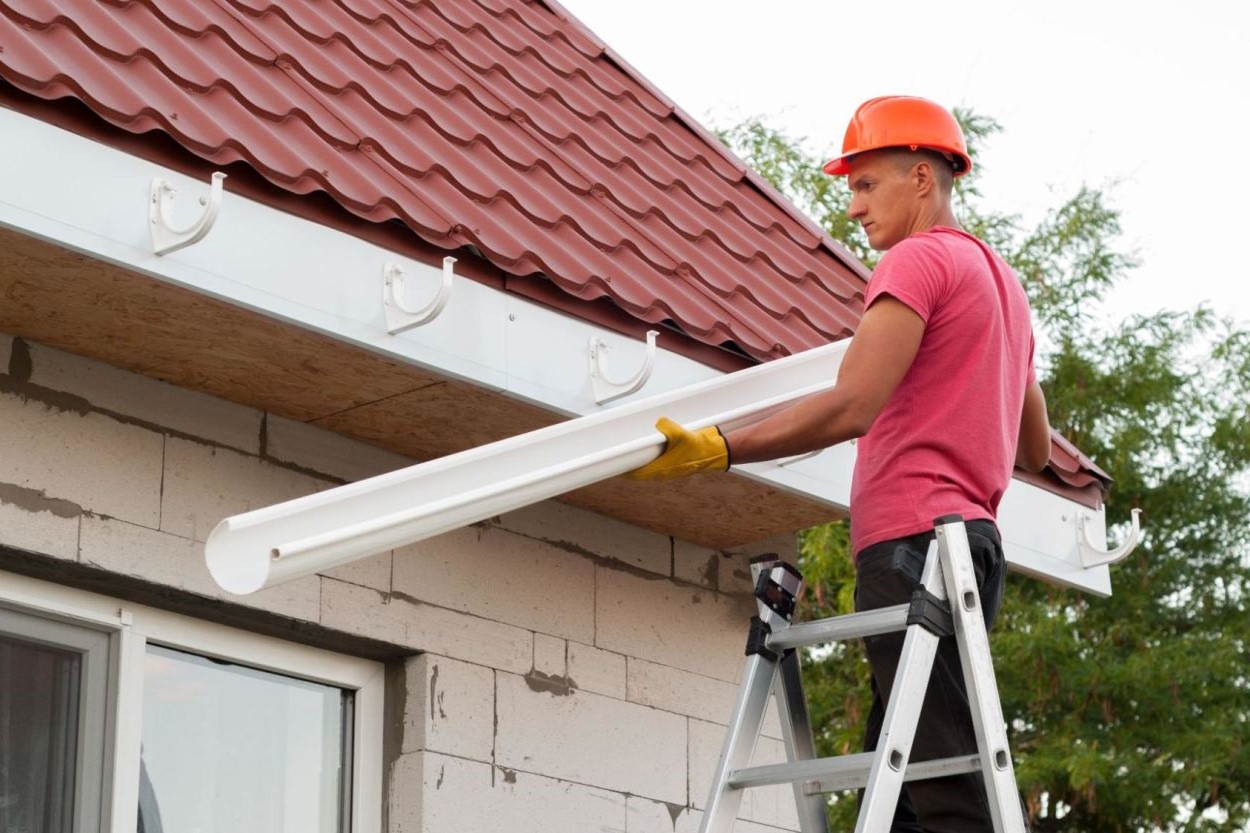
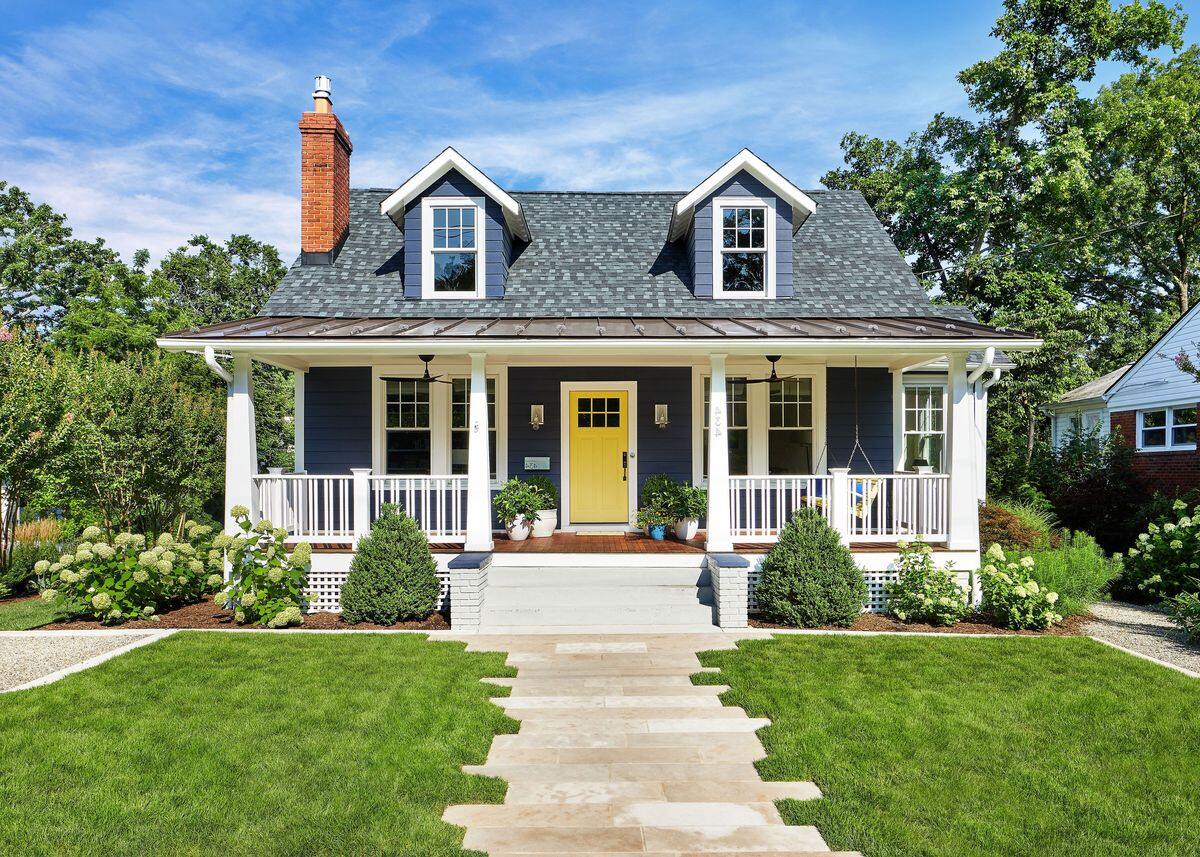

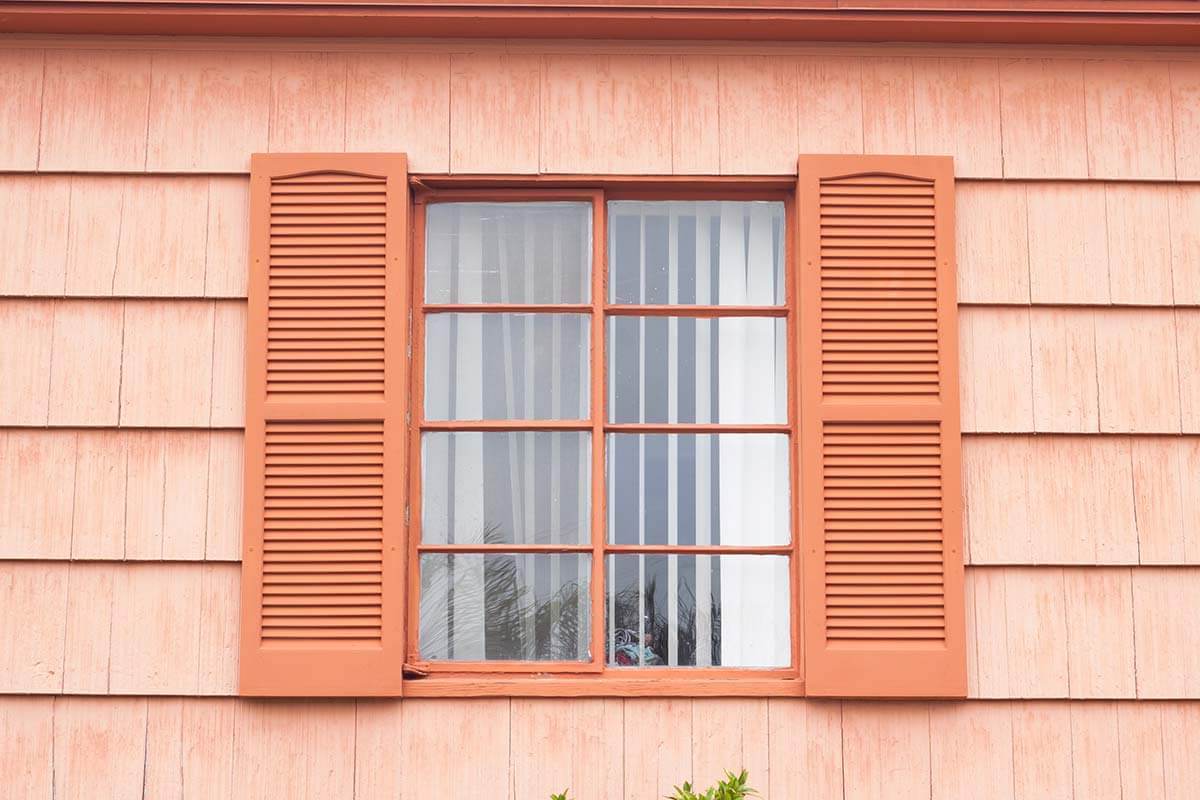


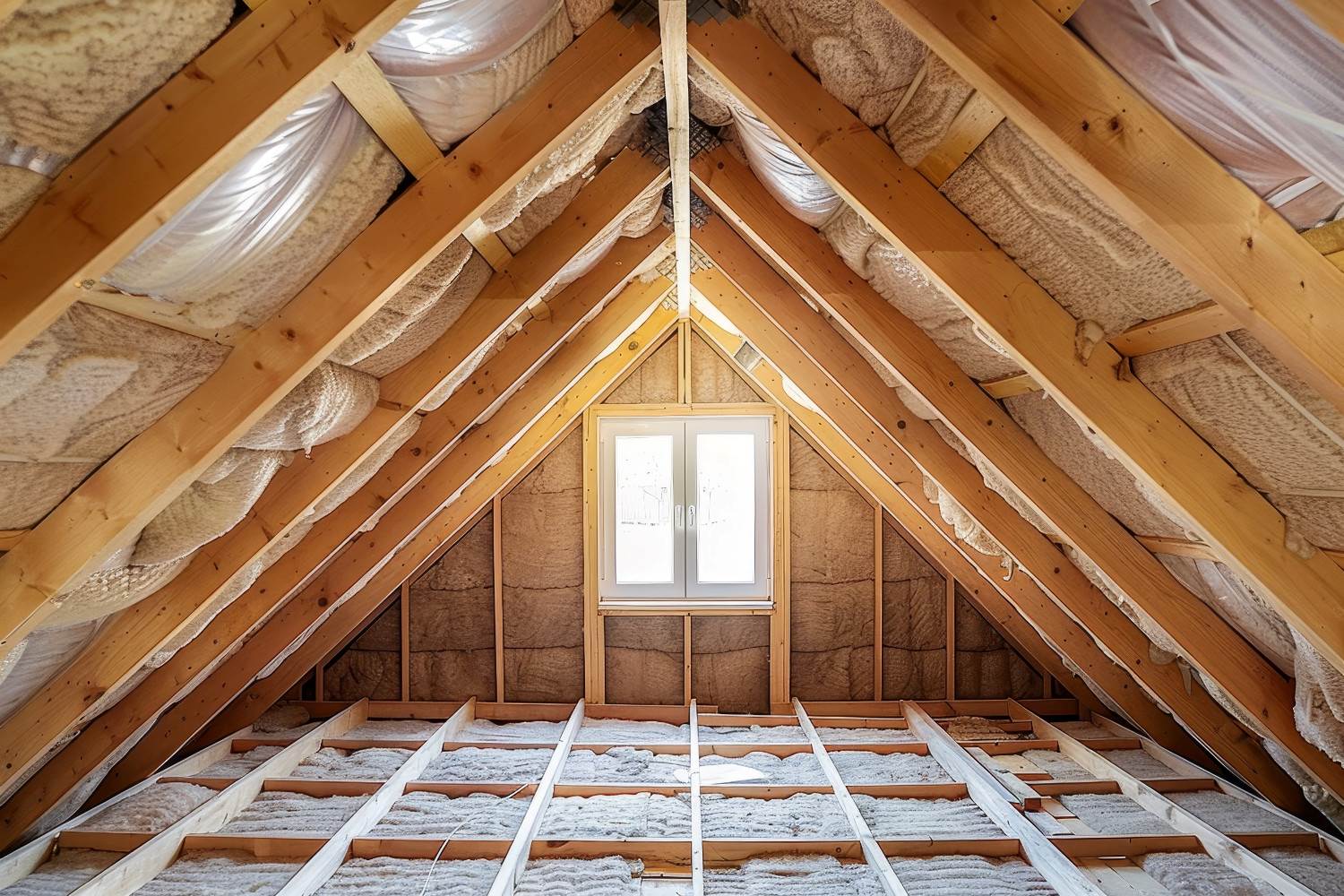
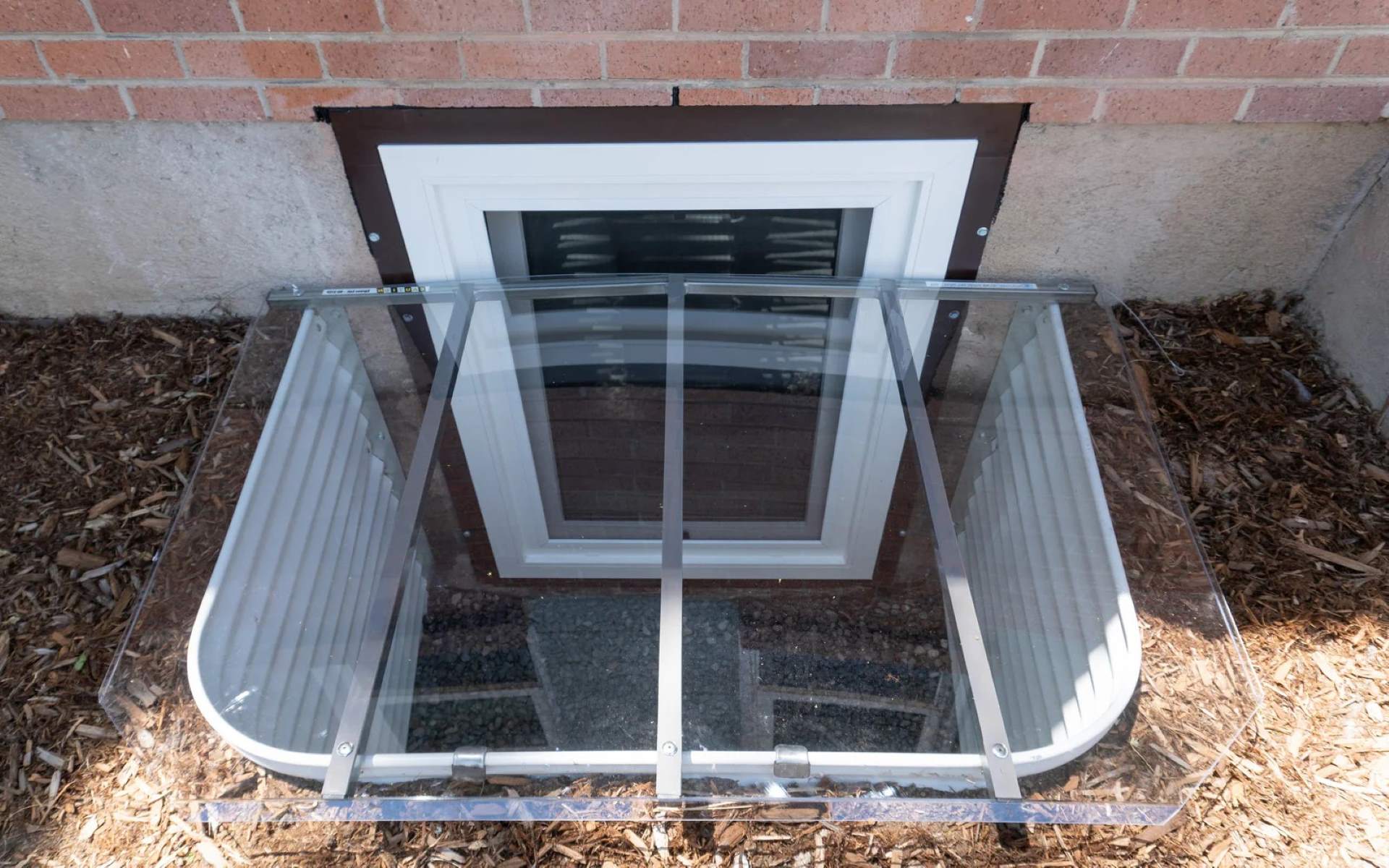

0 thoughts on “Upgrading Your Home’s Gutters With DIY Gutter Guards”